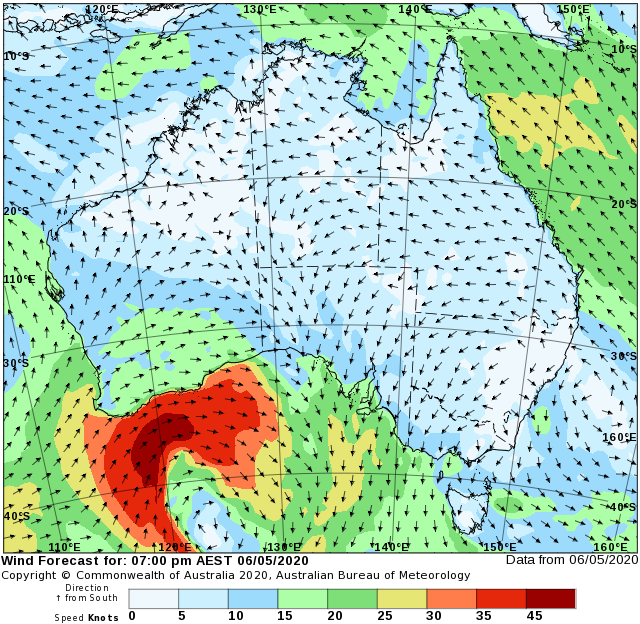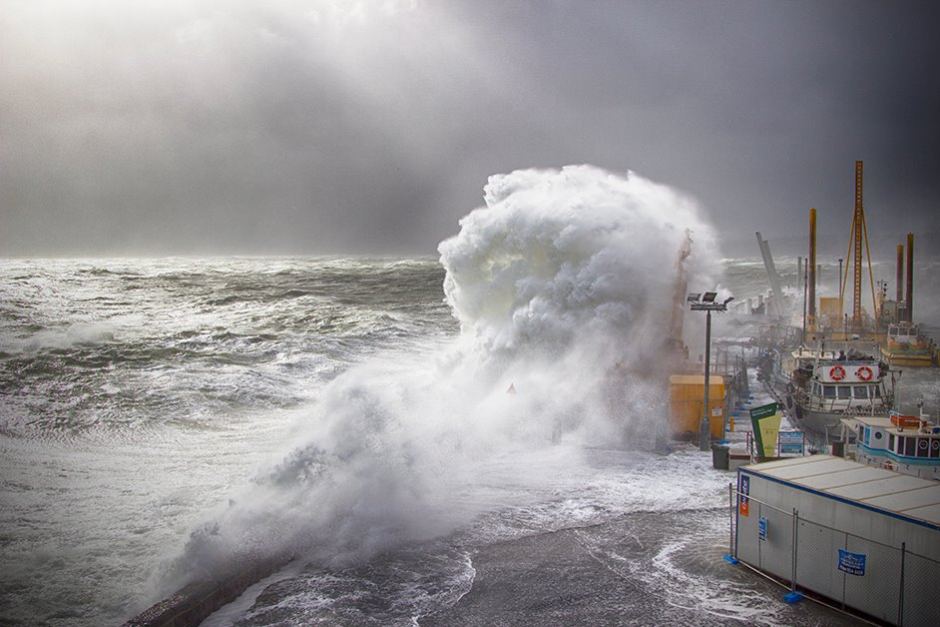Knowing when and where to dive is a critical part of water safety and can be the difference between a great day in the water and a bad one.
Here’s a few things to understand before heading out for a dive.
Wind

All dive sites are affected by wind. Wind affects water visibility, swell behaviour and the surface where you need to rest. When wind is combined with swell you can have many different variations that take time and experience diving your local area to understand. Generally, for shore diving wind speeds under 10 knots will be ideal however many people can dive local areas with much greater wind speeds, particularly if there is no swell. Understanding wind direction can also help determine the conditions as if it is offshore (blowing from the land out towards the ocean) the conditions will generally be better than if it is onshore (From the ocean towards the land)
Swell
Swell affects water visibility but more importantly entry and exit points. If the waves are too large your dive site must have sheltered entry and exit points. Wave action stirs up any sediment and the water will often take a few days to settle down again after large swell.
Losing equipment and ripping the bum out of your wetsuit can be the least of your worries if you don’t have safe entry and exit points.
Tide

When the tides are at their very top and very bottom the water movement is minimal and visibility will generally be best, this is called slack water. The top of the high tide is most often the best however this can be different in some areas and where local knowledge will come in handy.. Tides have names for their current phases, when the tide is on its way in, it is called ‘flood current’ and on its way out, ‘ebb current’. In between the top and bottom of tides, currents will be at their strongest.
Tidal currents
Tidal currents can be very risky as they can sweep you out to sea or into places you dont want to go. Local advice is king yet again however whenever you do your first dive, generally the best time will be approx an hour either side of a tide change.
Links
Now you know what to look for here are some useful sites to check the weather conditions in your area.
As the weather can change vastly we always recommend to check at least 2 different weather reports.
http://www.bom.gov.au/australia/
https://www.fishranger.com.au/locations/index
https://www.willyweather.com.au/
http://www.baywx.com.au/temps.html
You can also check some of the various web cams such as
http://www.natureaustralia.org.au/our-work/oceans/reef-cam-underwater/
http://www.triggerbrothers.com.au/surf-cam/

Add Comment